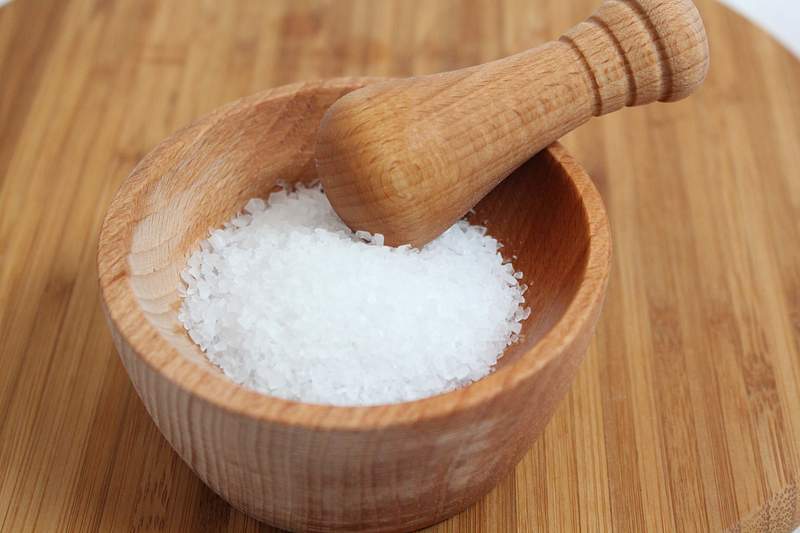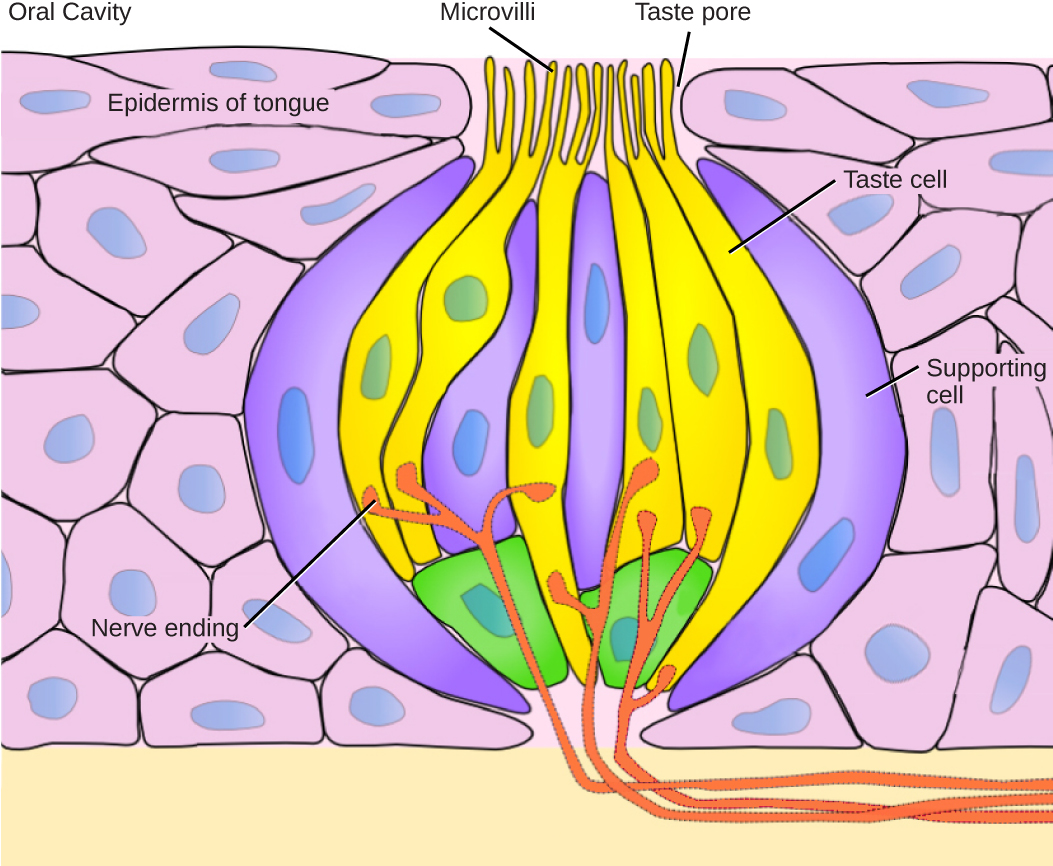Having trouble tasting your food? Well, if it’s not COVID you might just need a bit more salt. Salt elevates the natural flavors of ingredients in a dish, allowing them to shine through and create depth of flavor. You can add all the spices in the world, but a dish will never reach its full potential without salt.

To understand why salt is important for the flavor of food, we first need to look at what taste is and how your body perceives it. Taste is your body’s way of converting chemicals found in the food you eat into electrical signals that your brain interprets into information about the quality, components, and nutritional value of the food you are ingesting.
It’s thought that taste evolved almost 500 million years ago when an ancestral fish presumably developed a new type of cell that could sense environmental chemicals. The ability to taste likely carries an evolutionary advantage, allowing us to taste toxins and nutrients, which would explain why it has stuck around for so long. This may have given our ancestors protection against natural poisons like those found in some plants while also making nutritious food sources, such as meat or carbohydrate rich plants, pleasant to eat.
Humans can perceive five different tastes: Sweet, umami, sour, bitter, and salty. In the past, each of these tastes seemed to provide specific information about the food we were eating. Sweet signaled the presence of carbohydrates or sugar, umami indicated amino acids or a protein source, sour signaled acidic foods (like unripe fruit), bitter was a sign of toxicity, and salty specifically signaled sodium content. In our modern world, taste has transitioned from its utilitarian roots to an avenue for enjoyment and exploration. It now plays a major role in appetite stimulation and food satisfaction. Eating a meal has become just as much about flavor and taste as it is about satisfying your nutritional needs.

The ability to taste comes from specialized cells that exist mainly in your mouth and specifically on your tongue. The surface of your tongue is covered with papillae, or small bumps, that contain hundreds of taste buds. Humans can have anywhere from 2000 to 8000 taste buds with each taste bud containing up to 150 cells called taste receptor cells. These taste receptor cells interact with specific chemicals in your food and convert these chemical signals into electrical signals, sent via your central nervous system to the gustatory complex, the region of your brain responsible for perception of taste. Each taste receptor cell contains the receptors for one of the five tastes we can perceive such as salty or sweet. These cells are randomly distributed throughout each taste bud, meaning there is no one region of your tongue responsible for a single taste.
Each bite of food you take is full of different tastes coming from not only the ingredients, but also chemical reactions that occur when food is cooked. These various tastes combine and interact with both one another and your network of taste receptors to give the bite of food the flavor you perceive. This is where the power of salt, specifically table salt or sodium chloride, comes in. When salt is present in food, the sodium ions change your ability to perceive some of the other four types of flavors in the food. The presence of sodium salts decreases the bitterness of food by blocking the signal from bitter taste receptors to your brain, thus changing your perception of the food’s flavor. Salt has the opposite effect with sugar, strengthening the signal from the taste receptors to your brain. This ability to change the flavors you perceive in a dish is what makes salt so powerful. It reduces undesirable flavors (bitterness) and increases sweetness while adding its own hint of salty flavor – all tastes our brain is hardwired to crave.
To be clear, I am not advising you to dump salt in every dish you cook, but rather experiment with where and when to use salt. There is not a hard and fast rule about when you should salt your food, but general principles that may make your food taste better, such as salting throughout the cooking process instead of only at the end and adding salt with the addition of any main ingredient. Of course, always be mindful of your sodium intake, but adding a bit more salt to your food will likely not affect your overall sodium intake as much as you might think. It’s estimated 75% of the sodium in the diets of western countries comes from restaurant food or processed food such as breads and meats. So next time you’re cooking dinner, try experimenting with when to add salt, it might make a world of difference. However, seeing as I’m neither a chef nor dietician, maybe take my advice with a …. you know… grain of salt.
Peer Editor: Rachel Sharp